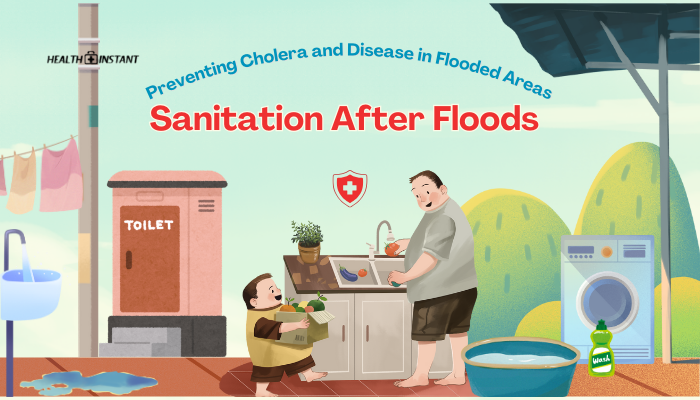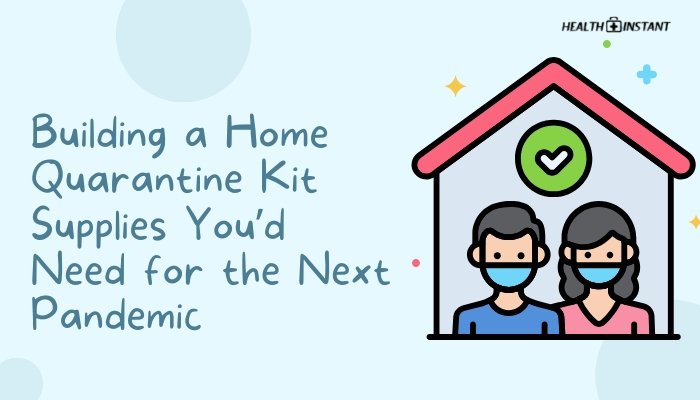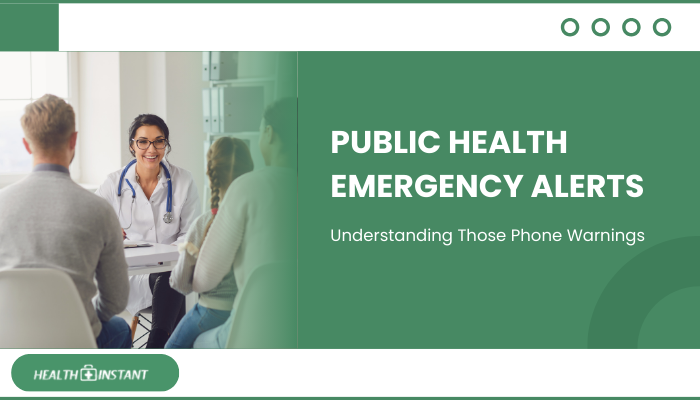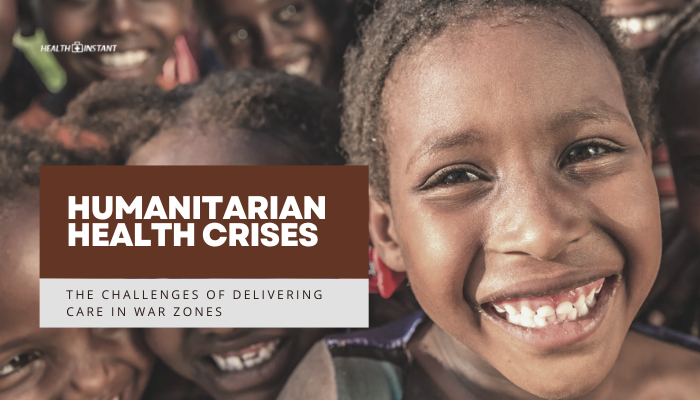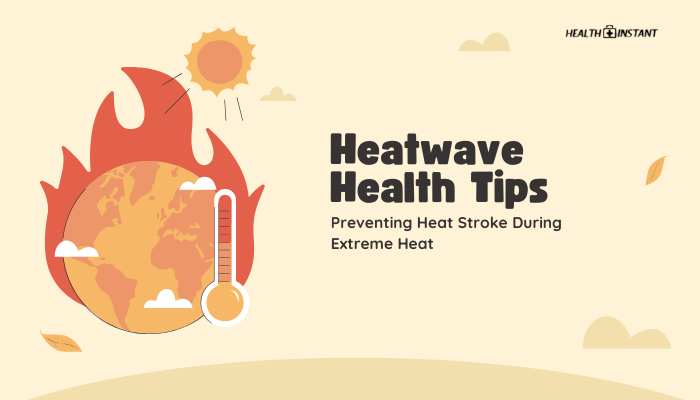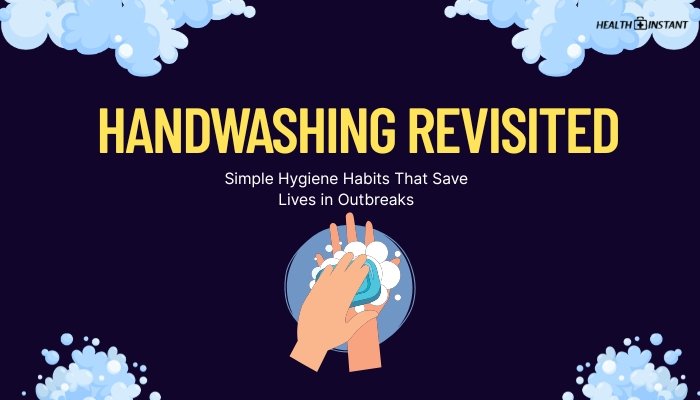Introduction
Floods disrupt normal life, from submerging roads and buildings to compromising water sources. With standing water and damaged sanitation systems, the risk of waterborne diseases—including cholera, dysentery, and other diarrheal illnesses—can skyrocket.
This guide outlines how to practice safe hygiene, treat drinking water, discard contaminated items, and spot infection symptoms. By following these steps, communities safeguard themselves against disease outbreaks when water supplies are compromised.
Why Flooding Increases Disease Risk
- Contamination of Drinking Water
Floodwaters may carry sewage, chemicals, and animal waste into wells or other water sources. - Breached Sanitation Systems
Damaged toilets or sewage lines cause direct mixing of human waste with floodwater. - Infrastructure Disruption
Electricity outages hamper water treatment plants, leading to unclean tap water or insufficient pumping. - Stagnant Water Pools
Potential breeding grounds for mosquitoes and bacteria if not drained promptly.
Maintaining Sanitation and Hygiene
Handwashing Practices
- Use Safe Water
- Preferably use boiled or disinfected water for handwashing.
- Preferably use boiled or disinfected water for handwashing.
- Soap and Scrubbing
- Wash thoroughly for at least 20 seconds, especially after contact with floodwater or raw waste.
- Wash thoroughly for at least 20 seconds, especially after contact with floodwater or raw waste.
- Hand Sanitizer
- If water is limited, choose an alcohol-based sanitizer (≥60% alcohol), though it doesn’t clean heavily soiled hands as effectively as soap.
Disinfecting Surfaces and Utensils
- Mild Bleach Solution
- 1 tablespoon of unscented household bleach per gallon (3.8 L) of water is typically recommended.
- 1 tablespoon of unscented household bleach per gallon (3.8 L) of water is typically recommended.
- Focus on High-Touch Areas
- Kitchen counters, door handles, and any surfaces that might have come in contact with floodwater.
Handling Garbage and Debris
- Separate Potentially Contaminated Items
- Clothes or materials soaked by floodwater need thorough washing or disposal if heavily stained.
- Clothes or materials soaked by floodwater need thorough washing or disposal if heavily stained.
- Seal Trash
- Use sturdy bags to avoid leaks of contaminated fluids.
Water Safety and Purification
Boiling Water
- Rolling Boil
- At least 1 minute of vigorous boiling effectively kills most pathogens (3 minutes at higher altitudes).
- At least 1 minute of vigorous boiling effectively kills most pathogens (3 minutes at higher altitudes).
- Taste Adjustment
- If water tastes flat afterward, aerate it by pouring between containers.
Chlorination or Bleach Use
- Measure Carefully
- Typically 8 drops (about 0.5 mL) of unscented bleach per gallon of clear water, then wait 30 minutes.
- Typically 8 drops (about 0.5 mL) of unscented bleach per gallon of clear water, then wait 30 minutes.
- Cloudy Water
- Double the bleach if the water is murky. Filter or let sediment settle first if possible.
Filtration and Portable Systems
- Household Filters
- Some pitcher or faucet filters help remove sediment but may not eliminate all microbes.
- Some pitcher or faucet filters help remove sediment but may not eliminate all microbes.
- Portable Purifiers
- Useful in more rural or flood-isolated contexts. Check for strong bacterium or virus filtration claims.
Foods to Avoid Post-Flood
- Unsealed Cans or Damaged Packages
- Bacteria can seep in through dents or compromised seals.
- Bacteria can seep in through dents or compromised seals.
- Fresh Produce Exposed to Floodwater
- Even thorough washing might not remove contamination; safer to discard.
- Even thorough washing might not remove contamination; safer to discard.
- Items Requiring Refrigeration
- If the power was out for more than 4 hours, perishable foods may no longer be safe.
Recognizing Symptoms of Waterborne Illnesses
Common water-related diseases (like cholera or E. coli infections) can manifest as:
- Severe Diarrhea
- Vomiting
- Fever and Dehydration (dry mouth, decreased urine output)
- Stomach Cramps
If multiple family or community members show similar symptoms, suspect contaminated water or food sources.
When to Seek Medical Help
- Persistent Vomiting or inability to retain fluids.
- Signs of Severe Dehydration (confusion, dizziness, very little urination).
- High Fever or bloody stools.
- Worsening or unresolving diarrhea after a couple of days.
Doctors might administer oral rehydration solutions (ORS) or prescribe antibiotics if necessary.
Community and Volunteer Efforts
- Neighborhood Cleanups
- Jointly removing stagnant water, debris, or trash prevents breeding of disease vectors.
- Jointly removing stagnant water, debris, or trash prevents breeding of disease vectors.
- Informal Check-Ins
- Identify vulnerable households (elderly, disabled, sick individuals).
- Identify vulnerable households (elderly, disabled, sick individuals).
- Local Clinics
- Set up or support pop-up clinics distributing ORS, vaccines (e.g., cholera vaccine if recommended), and water purification tablets.
Conclusion
After flooding, the priority is safeguarding against infectious diseases like cholera through vigilant hygiene and safe water practices. Frequent handwashing, thoroughly disinfecting surfaces, discarding compromised foods, and quickly addressing any suspicious symptoms reduce the risk of outbreaks.
Communities and volunteers who coordinate cleanup and resource distribution also strengthen resilience. Ultimately, staying informed, adopting recommended water treatment methods, and seeking medical help early keep people healthy during the muddy aftermath of floods.
References
- World Health Organization (WHO). (2021). Guidance on water, sanitation, and hygiene in emergencies.
- Centers for Disease Control and Prevention (CDC). (2020). Flood safety tips and clean-up precautions.
- United Nations Children’s Fund (UNICEF). (2019). Prevention of waterborne diseases post-disaster.
- U.S. Environmental Protection Agency (EPA). (2018). Safe water practices after floods.
Disclaimer: This guide is for general information only. Follow local health authorities and official advisories for specific instructions relevant to your region and flood conditions.

